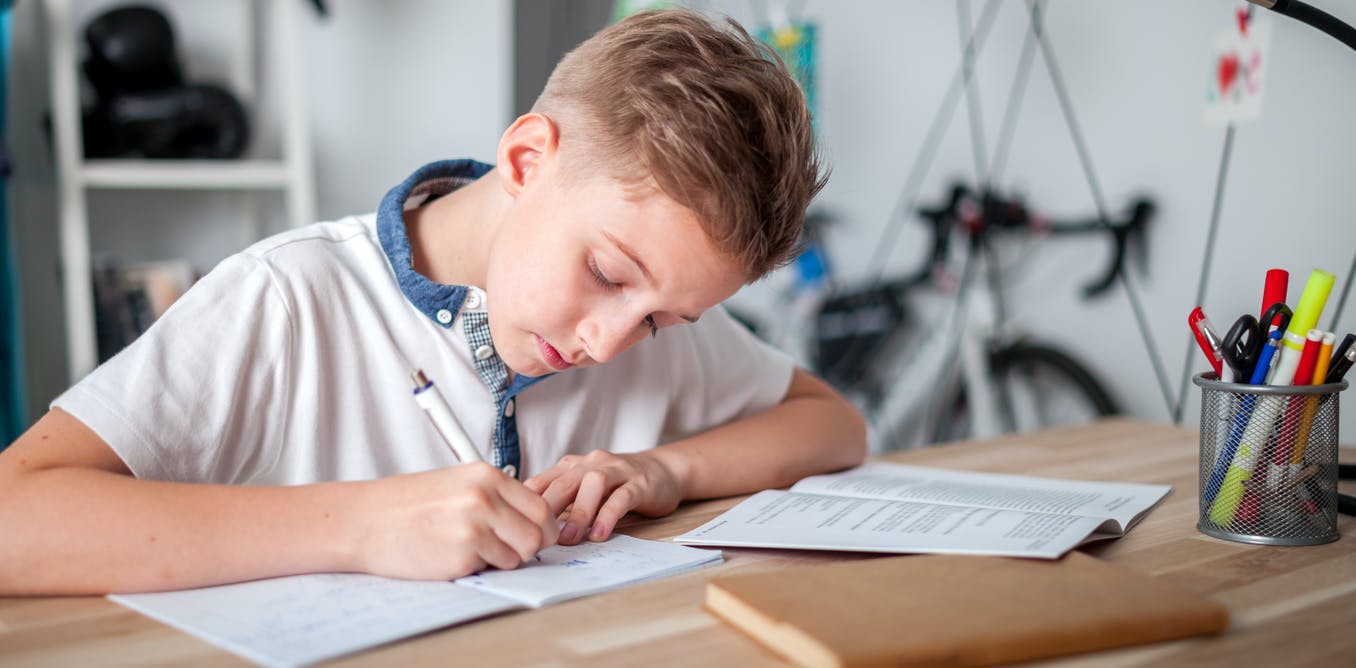Student collaboration is a subject of great concern for teachers. If you ask someone about the most crucial skill needed to thrive in today’s modern world, they will term interpersonal skills as one. The learning and training at the early stages of students’ lives are long-lasting. It remains in their memory and guides them throughout their life. This is the driving reason why schools are focusing more on installing such skills among students. Student collaboration is a part of this idea.
Purpose of collaboration
The emphasis put on student collaboration in modern times is not meaningless. It has become a necessary skill due to the advantages it provides and the purposes it serves. Here are some of the goals that are achieved through collaboration between students.
- The primary objective of collaboration among students is the transfer of skills and knowledge.
- It allows all students to come to the same page by ensuring a consistent skillset level among them. It also nurtures learning and better understanding.
- They are aimed at enhancing the intellectual capabilities of students. The interaction between them introduces them to different minds sharing distinct ideas.
- Prepare students for the future world. The children today will be adults tomorrow and have a significant social presence. They should know about the required skills beforehand.
Smart strategies to deepen student collaboration
Here are a few strategies to help teachers and school administration achieve the desired objectives.
Conduct discussions
Group discussions stand out as an effective method of encouraging students to indulge in group discussions. This allows them to know each other better by sharing their experiences. They prove to be an amazing intellectual experience for all participants. The learning as a result of discussions is long-lasting. It also motivates them to be vocal about their ideas and enrich others. They also learn to defend their ideas with the best supporting shreds of evidence.
Even if two students are not very good friends in a classroom, group discussions build a unique relationship between them based on mutual respect. Discussions are also ideal for problem-solving. When several students share their views about a problem, they develop better ideas. They can then evaluate those ideas and reach a conclusion with further discussion. This is all a form of student collaboration.
Group projects
Individual projects are quite effective for assessing the individual performance of a student. Similarly, group projects help analyze the social skills along with the academic performance of students. It is not necessary that a person good at individual tasks also excels in group projects.
As a part of the project, they will collaborate with other individuals also and collect the relevant information. They will have to divide the task into small tasks and assign each member a particular job. This will polish their social skills. They will also develop a sense of responsibility towards others. Each member offers their unique skill set to achieve a common goal, and they succeed as a team. Working in group projects will not let them go for online nursing dissertation writing service uk as their colleagues help them to get success.
Complex activities
Students are reluctant to collaborate when they realize that they can get the work done independently. They need a trigger to interact with others and collaborate. This trigger can be a complex learning activity. Assign a complex task to students and do not restrict them to doing it in groups. Allow them to decide the best for themselves. They will realize that they need to discuss with their fellows to get an idea of how to do work.
A challenging assignment leads to more engagement. Not only students will collaborate, but they will also show better class performance by asking more questions. Instead of giving them straight answers, give them a topic of discussion and let them find the answers on their own.
Interactive activities
Introduce interactive activities in the classroom. You can include several fun activities specially designed for students. Give them a moment to relax from the hectic routine and let them be comfortable. This comfort level will urge them to be active in the classroom. You can also include several simple tricks for stress management and reducing anxiety.
Supervise group work
Allowing students to free ride in a group distorts the ideology behind group projects. Do not any student take hold of others. Always observe the student groups closely and take necessary action when needed.
Teach students the objects behind teamwork. Define SOPs and ensure their compliance. Allow them to manage the group activities but do not let go of control over them.
Creating small groups minimizes the risk of free riding. Small groups are comparatively easier to manage. Set accountability criteria and make every student responsible for their actions.
Introduce incentives
Another effective way of encouraging collaboration among students is to introduce incentives for the active participants. It can be anything, including appreciation, additional marks or a relief. When students know their efforts are being observed and acknowledged, they tend to perform even better. They are more encouraged to give their best performance.
When to use collaborative learning?
It is a good thing, but overwhelming the class with these activities can hurt the objective behind the idea. Collaborative learning is ideal when the lesson being taught is completely new. Students like to explore new things more rather than revise the old concepts. You can use it to teach subjects that are usually considered dry or boring by students, for example, history or sometimes mathematical problem-solving.
Instead of always assigning the groups the same task, divide the task into the distinct part for each group. Once they have learnt enough, ask them to present their findings in front of the classroom.
Final thoughts Collaboration among students is not only beneficial but also a fun activity. It results in indirect learning in an unconventional way of teaching. Instead of solely depending on teachers, students learn from each other and enhance their knowledge and skills. Schools can implement it using simple strategies. They might use any one of them or choose multiple. It is better to create a combination of them to make it more effective and less boring.


